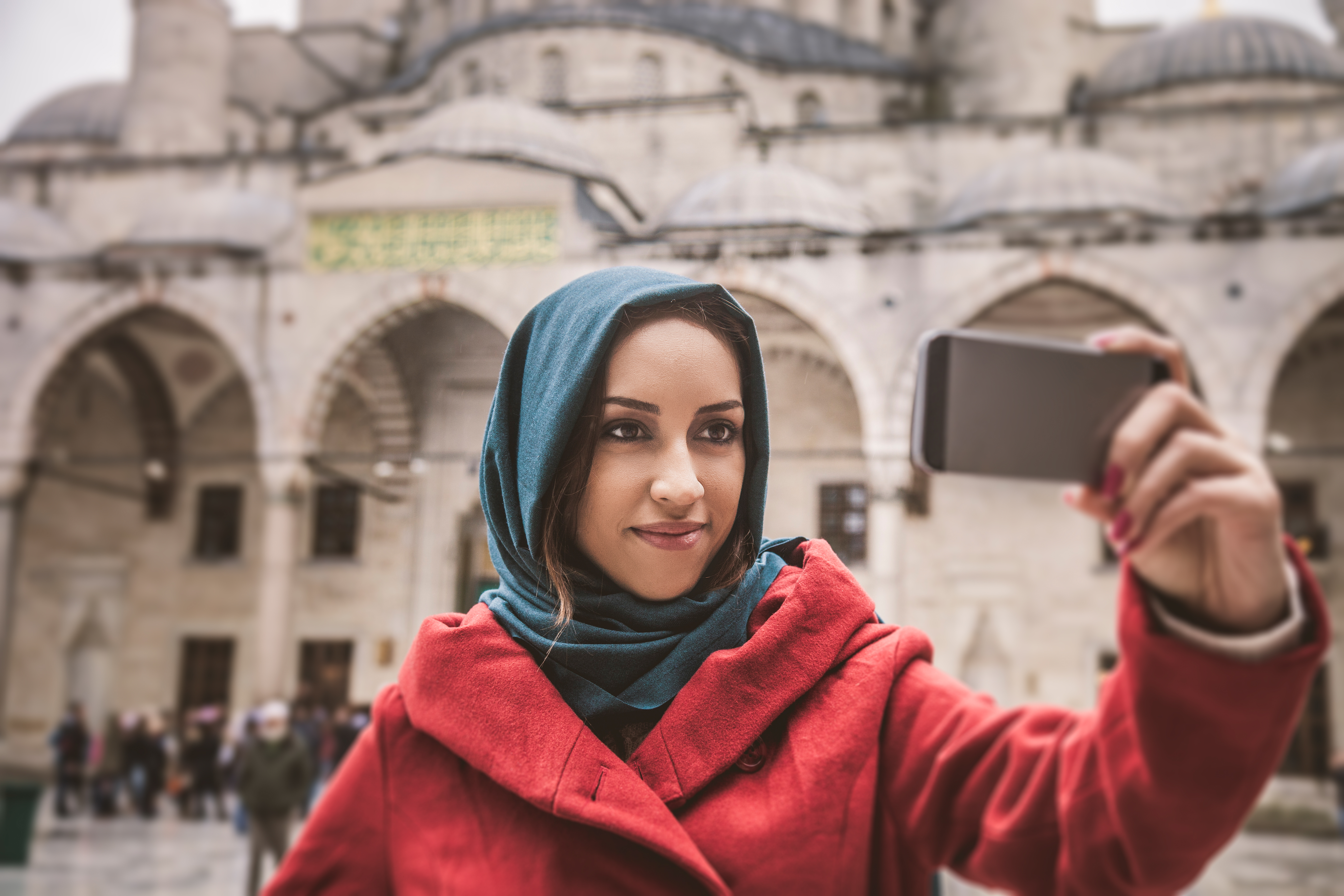
Every traveler should feel empowered to plan—and take—a trip with confidence. But the reality is some destinations are safer than others, and some travelers need to exercise heightened caution in certain destinations. For example, women and LGBTQ+ travelers can face unique risks when they travel.
Doing research and being as informed as possible about what safety looks like at your destination(s) can help you enjoy your trip to the fullest and accomplish the goals you’ve set for yourself.
Below, travel experts share their tips for not only staying safe while traveling, but also the tools you can use to feel empowered and make informed decisions.
1. Map the level of safety at each location within your itinerary
"Do your homework,” said Michael Becker, CEO of GeoSure. “Know the safety of where your hotel is located and its immediate vicinity; know where—and how safe—the meeting locations in your TripIt itinerary are.
“Whether it’s work meetings, dinners, concerts or events, or something else—know the area and what safety looks like at those locations."
DYK? TripIt’s Neighborhood Safety Scores will show you the level of safety for the neighborhoods you’re visiting. You can access hyperlocal safety ratings for myriad categories along any point within your TripIt itinerary for more than 65,000 cities and neighborhoods, including scores for overall safety, health and medical, physical harm, women’s safety, political freedoms, theft, and LGBTQ safety.
2. Always share your travel plans with someone back home
“My go-to for staying safe while traveling? I always give someone back home like my mom or a good friend our itinerary in case of an emergency so they know where to reach us, where we should be, and when we are expected to be home,” said Kamree Price, family travel expert and founder of Our Family Passport.
Lauren James, travel and lifestyle blogger at Lauren's Suitcase, agreed: "I’m so grateful for the solo trips I’ve taken. But of course, I want to be safe when I travel by myself, so the ability to share my TripIt itineraries gives me—and my family—peace of mind when I’m going it alone.”
3. Research how safe an area is at night versus during the day
"Know the level of safety at night versus during the day—even if you're visiting a city or neighborhoods you know and have been to before. Urban areas and neighborhoods can be dynamic, and levels of safety can vary by time of day,” said Becker.
The more you know: In addition to hyperlocal ratings, TripIt’s Neighborhood Safety Scores will show you separate scores for day and night.
4. Prioritize personal safety (especially when flying solo)
"Solo travel can be a really empowering experience, especially for women,” said Ali Bonar, founder and CEO of Oat Haus. “But the reality is there are some situations that aren’t as safe for women alone. It’s important to prioritize personal safety and be smart about your decisions and destinations.
“Use tools like TripIt’s Neighborhood Safety Scores that rank areas for risk to women’s safety. Once you build some travel confidence, then you can work your way up to that bucket-list solo trip."
Related reading: Top 20 Safest Cities for Women Travelers to Visit
5. Make friends with locals and like-minded travelers
“Make friends with locals and fellow travelers,” advised James. “I like to get somewhere and pretend I live there, so I always make a point to get to know the locals, and ask about what they like to do. I also stay at hostels for solo travelers because they have family dinners and host walking tours that make it easy to meet people."
6. Trust your instincts
"Listen to your gut,” said Peter Shankman, founder, author, and serial entrepreneur. “More than anything else—more than personal protection devices, more than security cameras—the simple act of listening to your gut will save you time and time again. Always trust your instincts."
7. Make space for safeguarding your mental health
"I can get easily overwhelmed when traveling so creating space to release some of that tension and recenter myself is essential,” said Bonar. “Things like taking a walk in the airport if you have extra time, working out before or after a flight, or even doing subtle breath work in your seat can help reduce travel stress and anxiety."
8. Be aware of your surroundings
"Staying safe is all about keeping it simple,” shared Lee Abbamonte, travel expert and world-record holder. “My rules are: Never travel with anything valuable like watches, jewelry, and so on; listen to your gut, especially in a new city; use hotel car services as opposed to taxis and Ubers in cities where you don’t speak the language; and stay aware of your surroundings at all times."
"And don't be afraid to ask,” added Shankman. “Want to go for an early run outside? Ask the hotel staff where to go. Don't just start running. It's very easy for a city to go from a good section to a bad section in half a mile, and you don't want to wind up where you aren't safe.”
Shane Feldman, global keynote speaker, echoed this sentiment: "Remember to look up from your phone and be present where you are. Apps are great for navigating when you're traveling, but after you figure out where you're headed and how to get there, look up! This way, you avoid head-on collisions, and get to experience the rush and joy of taking in the sights, meeting new people (offline), and enjoying where you're at."

